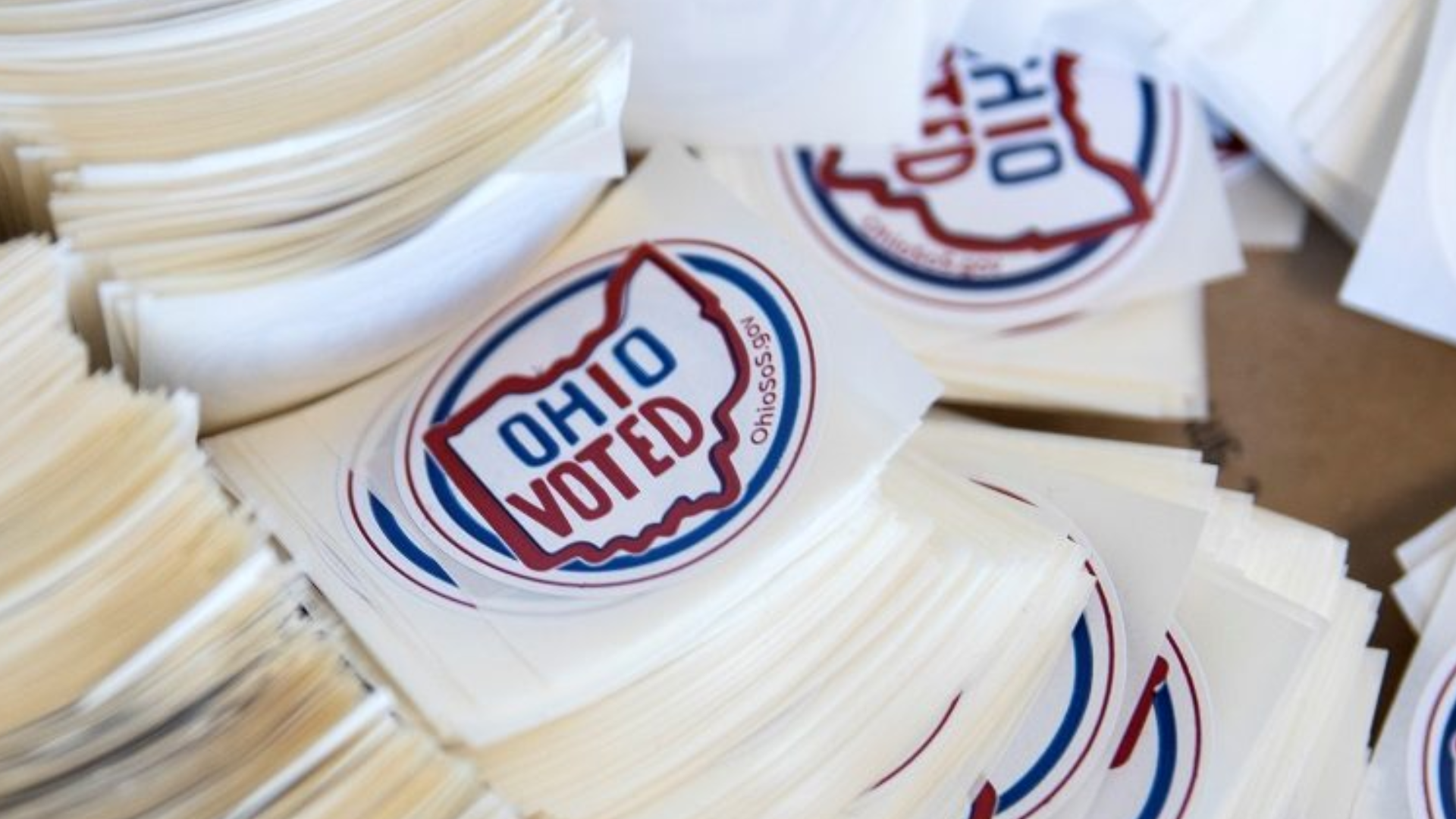The conclusion of the budget process for fiscal year (FY)2026 and 2027 has made notable expenditures across Ohio departments and agencies. House Bill 96 of the 136th General Assembly (GA) provides $44.42 billion of federal and state appropriation to the General Revenue Fund (GRF) in FY 2026, and $46.08 billion for FY 2027. State GRF appropriations amount to $29.84 billion in FY 2026 and $30.72 billion in FY 2027.
There is a grand total of $99.53 billion for FY 2026 and $101.16 billion in FY 2027 across all funds.
This series of articles provides an overview of spending in the major health and human services agencies and focuses on the major programmatic changes in this budget.
The Department of Behavioral Health was appropriated $1.23 billion in FY 2026 and $1.25 billion for FY 2027.
Over half (52.2%) of the sources for the budget comes from the GRF. Other significant sources are Federal (29%) and state non-GRF (18.8%).
Department of Behavioral Health
The DBH Greenbook has made several notable changes:
- The name changes of the agency from the Ohio Department of Mental Health and Addiction (OMHAS) to the Department of Behavioral Health (DBH).
- DBH is also directed to collaborate with other government institutions/entities to develop and deploy a system of statewide mobile crisis services. This will be done if federal and state funding is adequate.
- HB 96 also creates state block grants, which use GRF appropriations to provide flexible funds for ADAMHS boards. There are six block grants that were created. The allowed uses will be defined by the DBH Director. The six block grants are: Prevention State Block Grant, Crisis Services State Block Grant, Mental Health State Block Grant, Substance Use Disorder State Block Grant, Recovery Supports State Block Grant, and the Criminal Justice State Block Grant.
Continuum of Care Line Item
The Continuum of Care line item is responsible for delivering funds to ADAMHS boards as block grants. These earmarks will be used to support various activities across SUD, mental health, and recovery.
The Continuum of Care line item was appropriated $104 million for FY 2026 and FY 2027. This line item contains earmarks listed below, which operate as state block grants delivered to ADAMHS boards. The earmarks within the Continuum of Care Line item are responsible for mental health, substance use disorder, recovery, and mobile response and stabilization.
- The Mental Health State Block Grant funds mental health and recovery support. This includes treatment of people with mental illness, cross system collaboration to serve adults in criminal justice, and other areas of focus to improve mental health.
- The Substance Use Disorder State Block Grant funds alcohol and drug addiction recovery and services. This includes stabilization centers, cross system collaboration, and efforts regarding recovery and addiction support.
- The Recovery Supports Block Grant funds provisions that can be used for things such as peer support, minor facility improvements of residential institutions that under class two and three, psychotropic/substance use disorder treatment medication to reduce unnecessary hospitalization, and community reintegration.
- The Mobile Response and Stabilization services line item is responsible for supporting MRSS in Ohio.
In addition to these appropriations, H.B. 96 created a process that allows the DBH to establish the certification of behavioral health clinics (CCBHCs). Other provisions within this language also contain rules that will coordinate between federal, state, and local levels to assist with developing these entities.
The DBH will coordinate with state, federal, and local government to establish CCBHCs. CCBHCs are responsible for providing 24/7 crisis service, care allocation, and all-inclusive treatment. The DBH can only certify CCHBCs with the necessary funds from the state and federal level.
Opioid and addiction response
State Opioid Response: $170 million from federal grants each fiscal year to bolster activities related to harm reduction, treatment and recovery, stimulant use disorder, and other co-occurring disorders. Activities address the opioid epidemic coordinate workforce support, training for medication-assisted treatment, and early intervention. The main priority of the line item is to support harm reduction practices, reducing unintentional overdose morbidity, preventing youth drug and alcohol use, and increasing addiction treatment.
Substance abuse block grant
The Substance Abuse Block Grant is a federally funded line item. Target populations and services are: Early intervention for HIV/AIDS, pregnant women or women and women with dependent children, and intravenous drug users. The line item delivers $87 million from federal grants to bolster local boards for prevention, treatment, and recovery. Federal priorities from the Substance Abuse and Mental Health Services Administration (SAMHSA) stipulate that a 20% minimum of funds should be spent for primary prevention. Primary prevention is a practice that aims to reduce disease before it can inflict injury.
Crisis Infrastructure
The crisis services and stabilization line item is a new line item that creates the Crisis Services State Block Grant. This is a block grant distributed to ADAMHS boards to fund crisis services. Examples under this are substance use and mental health crisis stabilization centers, crisis prevention services, and cross-system collaborative efforts.
988 Suicide Crisis
Previous research from Community Solutions detailed the importance of the 988 Crisis Lifeline for Ohioans. The Lifeline expands broader knowledge of mental health services offered by the state of Ohio. The 988-suicide crisis line was created from the National Suicide Hotline Designation Act of 2020, which re-established the 10-digit code to a shorter three-digit code. With the creation of the lifeline, states were directed to transition to the number.
For the first year of the implementation of the lifeline, DBH used $20.1 million dollars of federal funds.
For the first year of the implementation of the lifeline, DBH used $20.1 million dollars of federal funds. During the budget process for this biennium, the governor proposed changing both the source of funding for 988 and funding it at a higher level than what ended up in the final version of the budget. The initial proposal was to use marijuana tax, however, that language was removed from the budget.
In the previous biennium, HB 33 of the 135th GA created fund 5AA1 line item for the 988-suicide crisis lifeline. This line item had a disbursement of $23.5 million in FY 2025. The passed budget transfers the appropriation in fund 5AA1 to the GRF. While funding levels in 2026 are slightly higher than 2025 and essentially static to 2025 in 2027, it is expected that there will be increased demand and use of the 988 line as more people learn about it, which is why the Governor’s budget initially funded the line at $34,191,840 in FY 2026 and $41,298,200 in FY 2027.
Read the series, analysis by individual agency
Department of Behavioral Health
Department of Job and Family Services
Department of Children and Youth








